-
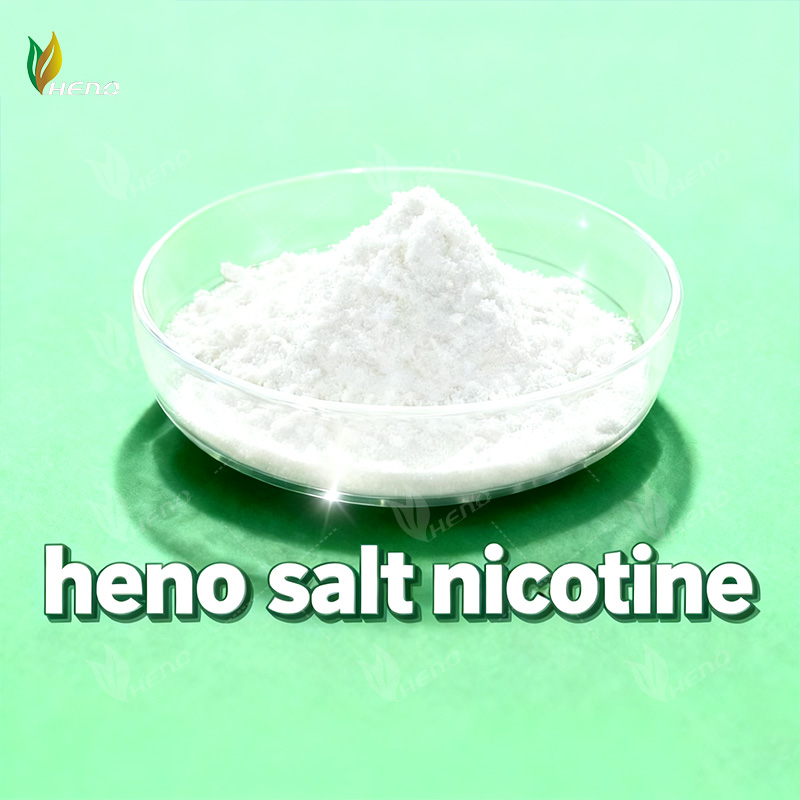 nicotine salt powder for e-liquid
nicotine salt powder for e-liquidContent of nicotine salt 99%(HPLC), It corresponds to content of nicotine :32.2%( potentiometric titration )
-
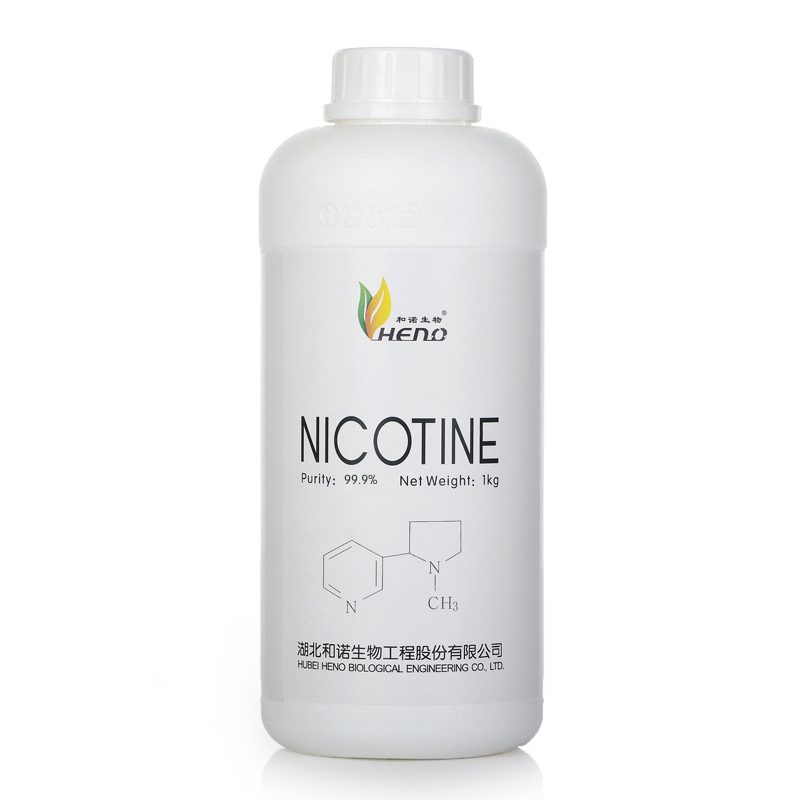 Nicotine Patch Pure
Nicotine Patch PureProduct Description English Name:Nicotine,L-nicotine Plants Latin name: Nicotiana tabacum L. CAS:54-11-5 International Code:61868 Analysis Method:HPLC Molecular formula:C10H14N2 Chemical Name: 1-methyl-2- (3-pyridyl) pyrrolidine Appearance: colorless and clear formula weight:162.23 Appearance:colorless oily liquid Storage: Under nitrogen, in an airtight container at 4℃ or below, protected from light. Content: 90%nicotine ,95%nicotine, 98%nicotine ,99%nicotine ,99.5%nicotine,99.9%nicotine Related Products Terms and Conditions Payment: T/T Delivery time: Products will be sent out in 2 weekdays after we receive full payment. MOQ:1L Packing:Fluorinated bottle Storage : under nitrogen 4-5degree and avoide sunshine English Synonyms:(S)-(-)-Nicotine; (-)-1-methyl-2-(3-pyridyl)pyrrolidine; 3-(1-methyl-2-pyrrolidinyl)pyridine; Nicotine; 3-[(2S)-1-methylpyrrolidin-2-yl]pyridine; 3-[(2R)-1-methylpyrrolidin-2-yl]pyridine; (2S)-1-methyl-2-pyridin-3-ylpyrrolidinium; (2R)-1-methyl-2-pyridin-3-ylpyrrolidinium Stop smoking as soon as you begin your treatment with nicotine. Continuing to smoke while using this drug may be dangerous. Talk to your doctor about which form of nicotine is best for you. You might not be able to use the nasal spray if you have sinus issues; the gum or lozenges if you have dental or mouth problems; or the patch if you have certain skin conditions. Nicotine can harm an unborn baby. You shouldn't take this medication if you're pregnant or plan to become pregnant. We provide the best nicotine for the best e-liquid manufacturers! HENO nicotine is your best choice! Warmly welcome to contact with us!
-
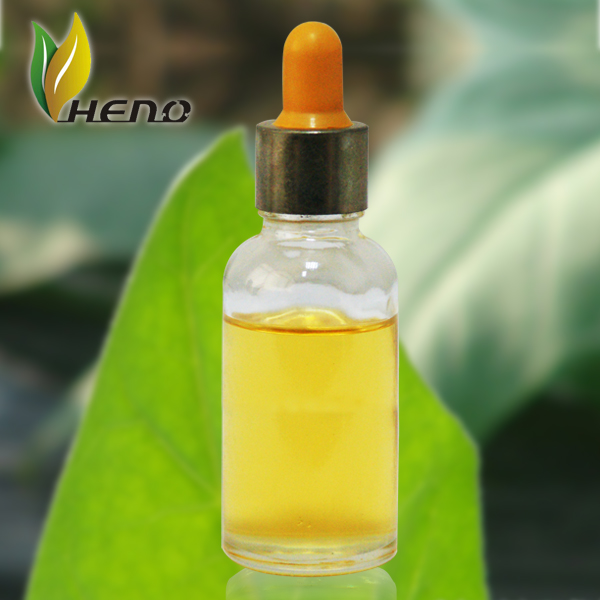 electronic cigarette pure nicotine liquid supplier
electronic cigarette pure nicotine liquid supplierNicotine can harm an unborn baby. You shouldn't take this medication if you're pregnant or plan to become pregnant.
-
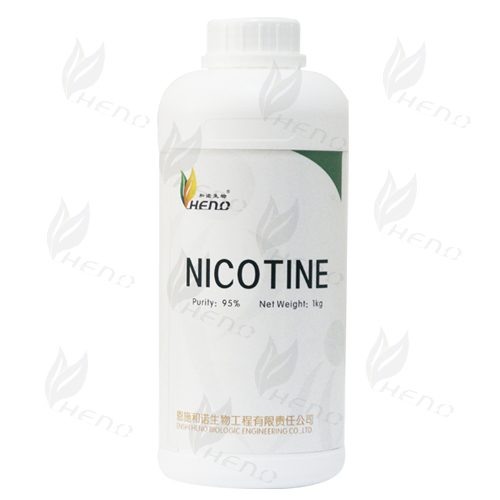 E-liquid tobacco extraction purity nicotine wholesale
E-liquid tobacco extraction purity nicotine wholesaleUsed in Nicotine replacement therapy. High purity can help chian-smoker quit smoking and also can prevent non-smoker start smoking.
-
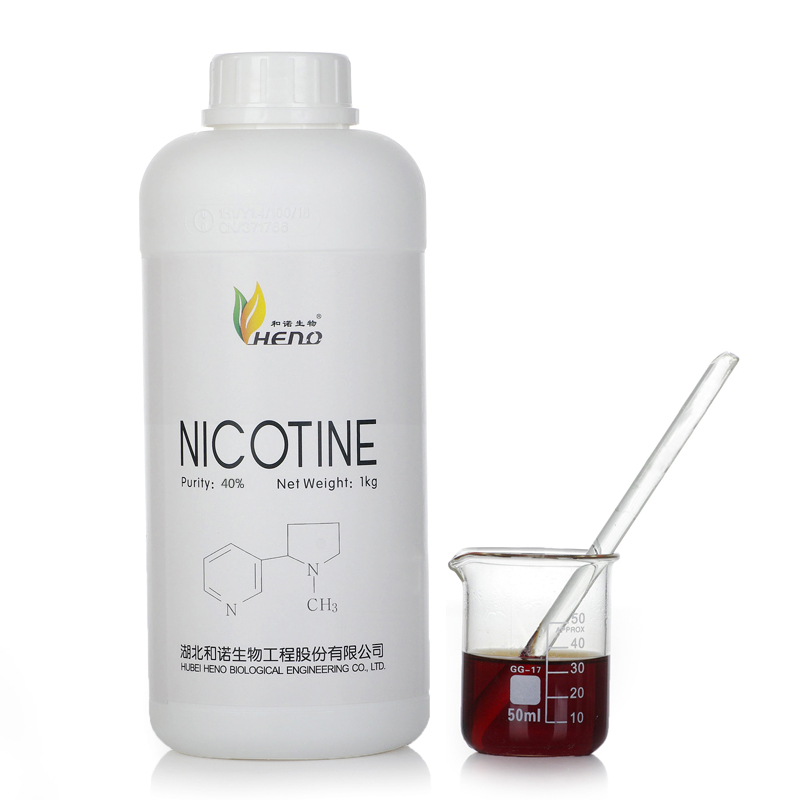 bio-pesticide pure nicotine liquid supplier
bio-pesticide pure nicotine liquid supplierHUBEI HENO BIOLOGICAL ENGINEERING CO.,LTD is located in Enshi Tujia and Miao Autonomous Prefecture, the mysterious latitude 30 degrees across the entire Enshi , entitled "E Xi Linhai", "Central China Drug Storehouse," "tobacco kingdom", HUBEI HENO BIOLOGICAL ENGINEERING CO.,LTD was established in October 2010, is a collection of nicotine and its derivatives product development, production and sales of high-tech enterprises. The company focused on the research and development of nicotine, especially high purity nicotine products. PRODUCT DESCRIPTION English Name:Nicotine,L-nicotine Plants Latin name: Nicotiana tabacum L. CAS:54-11-5 International Code:61868 Analysis Method:HPLC Molecular formula:C10H14N2 Chemical Name: 1-methyl-2- (3-pyridyl) pyrrolidine Appearance: colorless and clear formula weight:162.23 Appearance:colorless oily liquid Storage: Under nitrogen, in an airtight container at 4℃ or below, protected from light. Content: 90%nicotine ,95%nicotine, 98%nicotine ,99%nicotine ,99.5%nicotine,99.9%nicotine RELATED PRODUCTS
-
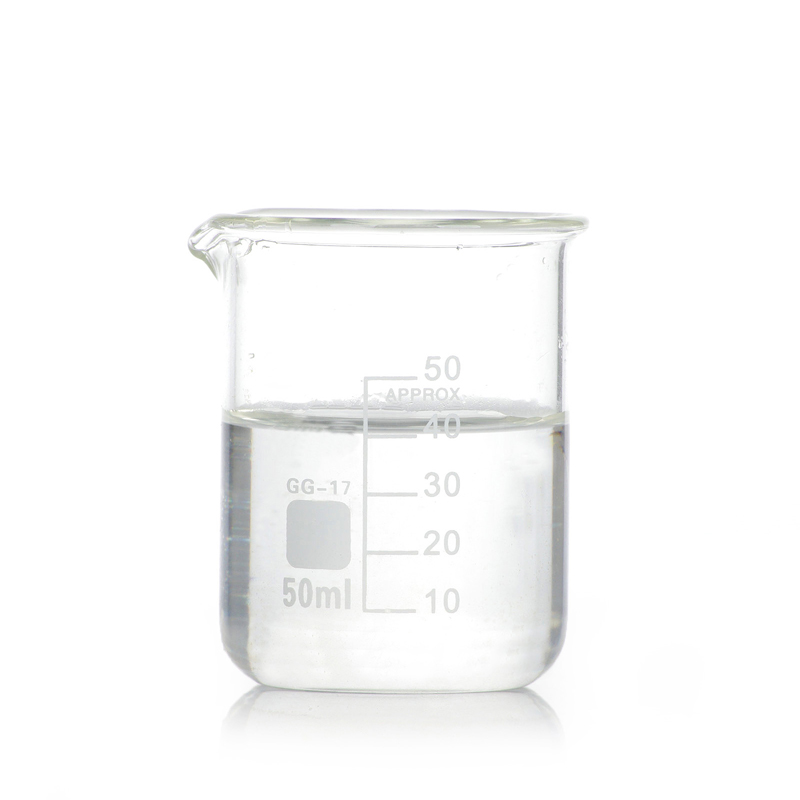 USP high purity nicotine company
USP high purity nicotine companyWHY CHOOSE HENO? 1. Own a stable and professional R&D team; 2. Nicotine is natural extracted from waste tobacco plants, which is a good way to recycle waste. 3. Our pure nicotine can reach 99.9%, complies with USP Standard. 4. Own the experience to export nicotine legally. 5:Test report and certificate
-
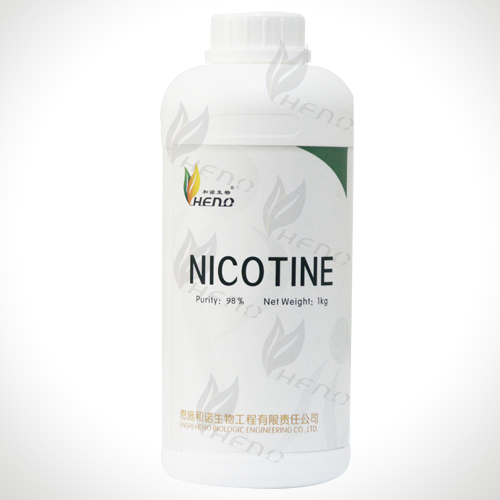 E-liquid nicotine raw material manufacturing
E-liquid nicotine raw material manufacturingHUBEI HENO BIOLOGICAL ENGINEERING CO.,LTD is located in Enshi Tujia and Miao Autonomous Prefecture, the mysterious latitude 30 degrees across the entire Enshi , entitled "E Xi Linhai", "Central China Drug Storehouse," "tobacco kingdom", HUBEI HENO BIOLOGICAL ENGINEERING CO.,LTD was established in October 2010, is a collection of nicotine and its derivatives product development, production and sales of high-tech enterprises. The company focused on the research and development of nicotine, especially high purity nicotine products. PRODUCT DESCRIPTION English Name:Nicotine,L-nicotine Plants Latin name: Nicotiana tabacum L. CAS:54-11-5 International Code:61868 Analysis Method:HPLC Molecular formula:C10H14N2 Chemical Name: 1-methyl-2- (3-pyridyl) pyrrolidine Appearance: colorless and clear formula weight:162.23 Appearance:colorless oily liquid Storage: Under nitrogen, in an airtight container at 4℃ or below, protected from light. Content: 90%nicotine ,95%nicotine, 98%nicotine ,99%nicotine ,99.5%nicotine,99.9%nicotine RELATED PRODUCTS WHY CHOOSE HENO? 1. Own a stable and professional R&D team; 2. Nicotine is natural extracted from waste tobacco plants, which is a good way to recycle waste. 3. Our pure nicotine can reach 99.9%, complies with USP Standard. 4. Own the experience to export nicotine legally. 5:Test report and certificate PAST TRANSACTION RECORDS TERMS AND CONDITIONS Payment: T/T Delivery time: Products will be sent out in 2 weekdays after we receive full payment. MOQ:1L Packing:Fluorinated bottle Storage : under nitrogen 4-5degree and avoide sunshine OUR SERIVICES 1:Samples :free 2:OEM :customized printing 3:documents :MSDS ,USP report ,certification for safe transport of chemical goods . High purity nicotine, tobacco absolute, organic selenium compound microbial fertilizer is our main product , Strong R & D support, high quality, reasonable price, fast delivery capability and quality of service so that many domestic and foreign enterprises to establish a good partnership for us , and in the market established a good reputation, such as the United States, Korea, poland, England, France and others. Heno people insist on the guide line of quality first, honesty-oriented., and strive to provide the best products and services, promote the continuous development of Chinese biotechnology. We provide the best nicotine for the best e-liquid manufacturers! HENO nicotine is your best choice! Warmly welcome to contact with us!
-
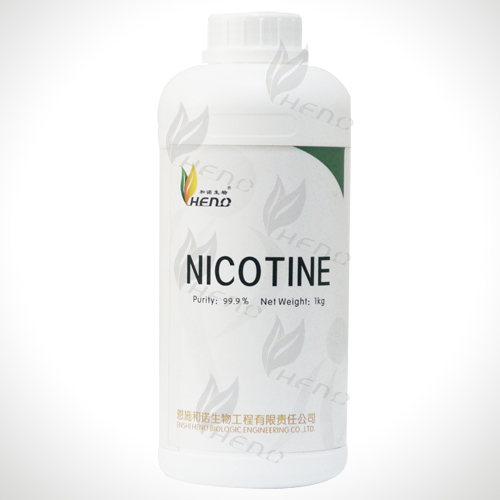 HENO biologic ≥99.5 pure nicotine liquid supplier
HENO biologic ≥99.5 pure nicotine liquid supplierHUBEI HENO BIOLOGICAL ENGINEERING CO.,LTD is located in Enshi Tujia and Miao Autonomous Prefecture, the mysterious latitude 30 degrees across the entire Enshi , entitled "E Xi Linhai", "Central China Drug Storehouse," "tobacco kingdom", HUBEI HENO BIOLOGICAL ENGINEERING CO.,LTD was established in October 2010, is a collection of nicotine and its derivatives product development, production and sales of high-tech enterprises. The company focused on the research and development of nicotine, especially high purity nicotine products. PRODUCT DESCRIPTION English Name:Nicotine,L-nicotine Plants Latin name: Nicotiana tabacum L. CAS:54-11-5 International Code:61868 Analysis Method:HPLC Molecular formula:C10H14N2 Chemical Name: 1-methyl-2- (3-pyridyl) pyrrolidine Appearance: colorless and clear formula weight:162.23 Appearance:colorless oily liquid Storage: Under nitrogen, in an airtight container at 4℃ or below, protected from light. Content: 90%nicotine ,95%nicotine, 98%nicotine ,99%nicotine ,99.5%nicotine,99.9%nicotine RELATED PRODUCTS WHY CHOOSE HENO? 1. Own a stable and professional R&D team; 2. Nicotine is natural extracted from waste tobacco plants, which is a good way to recycle waste. 3. Our pure nicotine can reach 99.9%, complies with USP Standard. 4. Own the experience to export nicotine legally. 5:Test report and certificate PAST TRANSACTION RECORDS TERMS AND CONDITIONS Payment: T/T Delivery time: Products will be sent out in 2 weekdays after we receive full payment. MOQ:1L Packing:Fluorinated bottle Storage : under nitrogen 4-5degree and avoide sunshine OUR SERIVICES 1:Samples :free 2:OEM :customized printing 3:documents :MSDS ,USP report ,certification for safe transport of chemical goods . High purity nicotine, tobacco absolute, organic selenium compound microbial fertilizer is our main product , Strong R & D support, high quality, reasonable price, fast delivery capability and quality of service so that many domestic and foreign enterprises to establish a good partnership for us , and in the market established a good reputation, such as the United States, Korea, poland, England, France and others. Heno people insist on the guide line of quality first, honesty-oriented., and strive to provide the best products and services, promote the continuous development of Chinese biotechnology. We provide the best nicotine for the best e-liquid manufacturers! HENO nicotine is your best choice! Warmly welcome to contact with us!
-
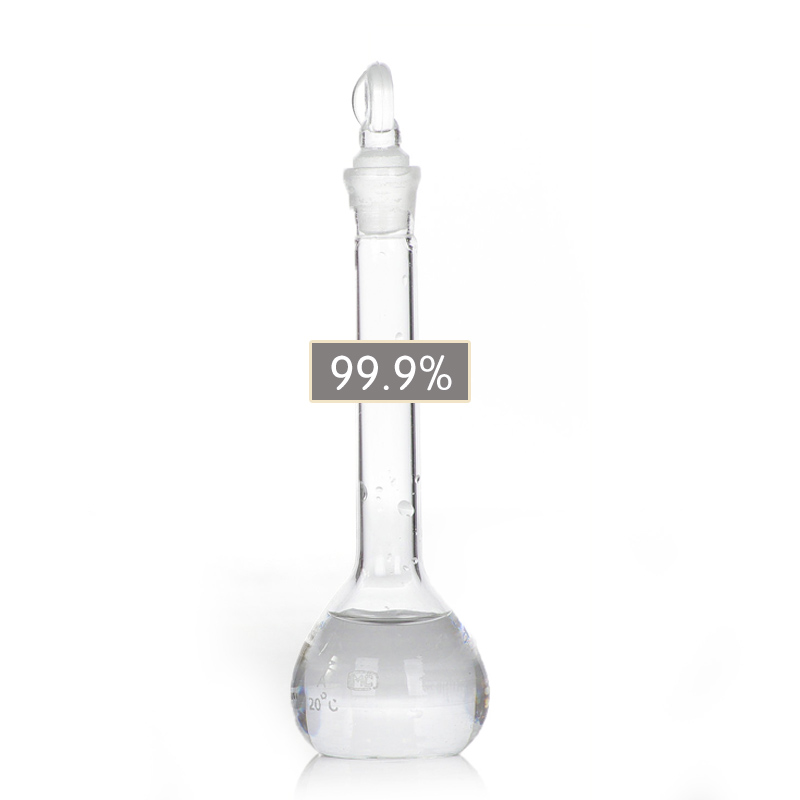 iso 99.9%pure nicotine products producer
iso 99.9%pure nicotine products producerHigh purity nicotine, tobacco absolute, organic selenium compound microbial fertilizer is our main product , Strong R & D support, high quality, reasonable price, fast delivery capability and quality of service so that many domestic and foreign enterprises to establish a good partnership for us , and in the market established a good reputation, such as the United States, Korea, poland, England, France and others. Heno people insist on the guide line of quality first, honesty-oriented., and strive to provide the best products and services, promote the continuous development of Chinese biotechnology.
-
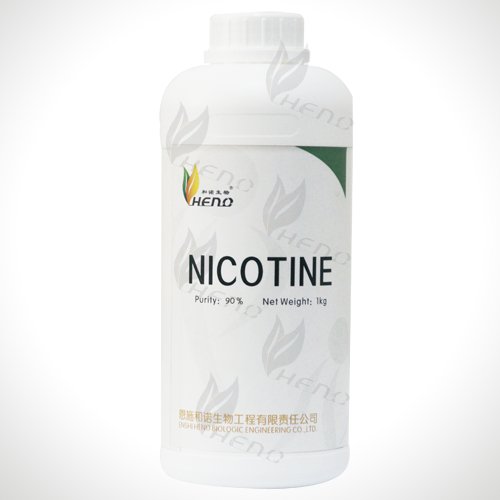 90% nature extraction nicotine purchase with USP standard
90% nature extraction nicotine purchase with USP standardwe have nicotine sulfate, 90% nicotine, 95% nicotine, 98% nicotine, 99% nicotine and over 99.5% nicotine, 995mg/ml nicotine,999mg/ml nicotine.
-
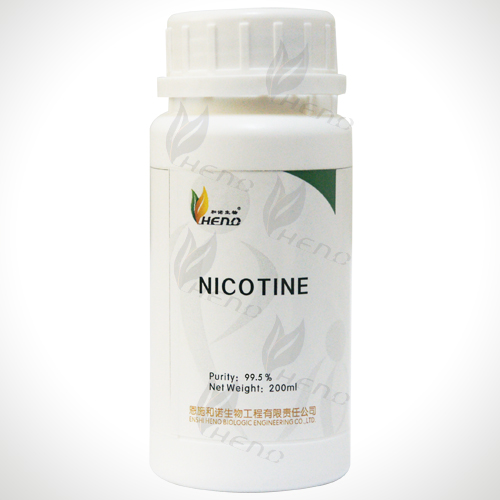 200ml 99.5% high purity Nicotine with USP standard producer
200ml 99.5% high purity Nicotine with USP standard producerwe have nicotine sulfate, 90% nicotine, 95% nicotine, 98% nicotine, 99% nicotine and over 99.5% nicotine, 995mg/ml nicotine,999mg/ml nicotine.
-
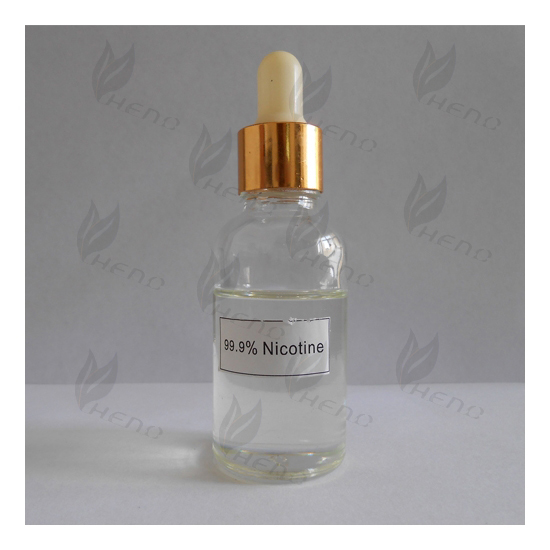 Natural Colorless Pure Nicotine Liquid
Natural Colorless Pure Nicotine Liquidwe have nicotine sulfate, 90% nicotine, 95% nicotine, 98% nicotine, 99% nicotine and over 99.5% nicotine, 995mg/ml nicotine,999mg/ml nicotine.
-
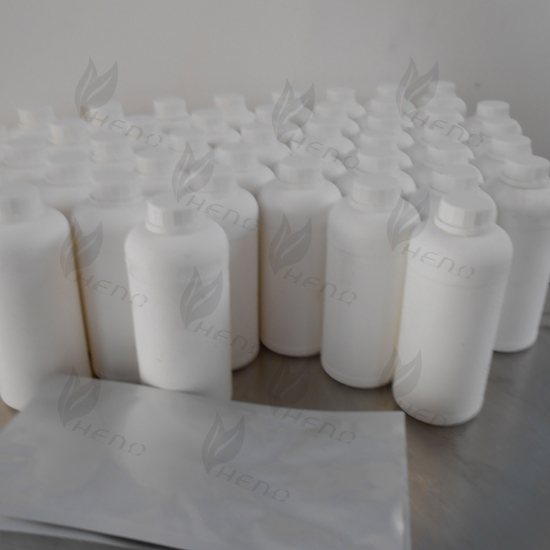 99.9% Pure Nicotine Liquid for e-liquid
99.9% Pure Nicotine Liquid for e-liquidWe provide the best nicotine for the best e-liquid manufacturers! HENO nicotine is your best choice!























